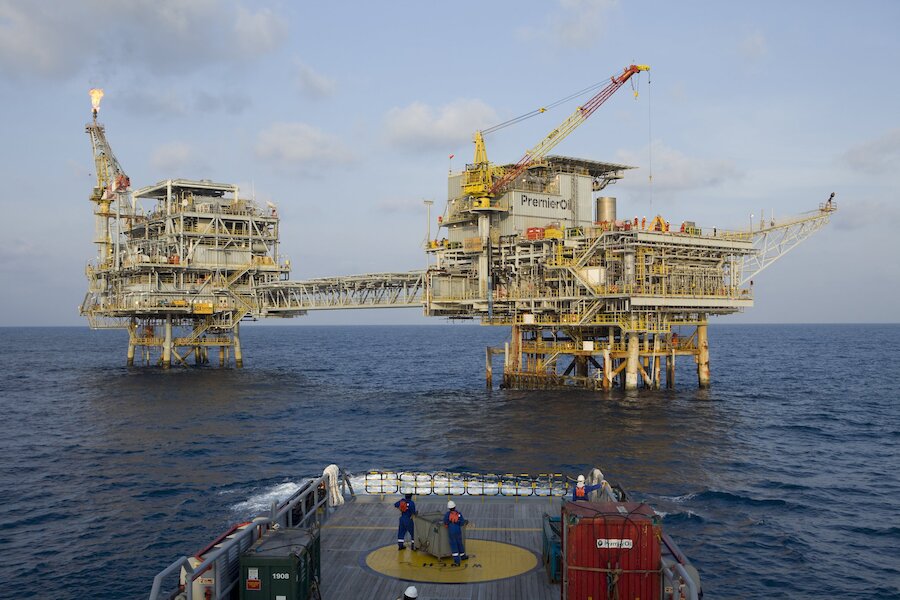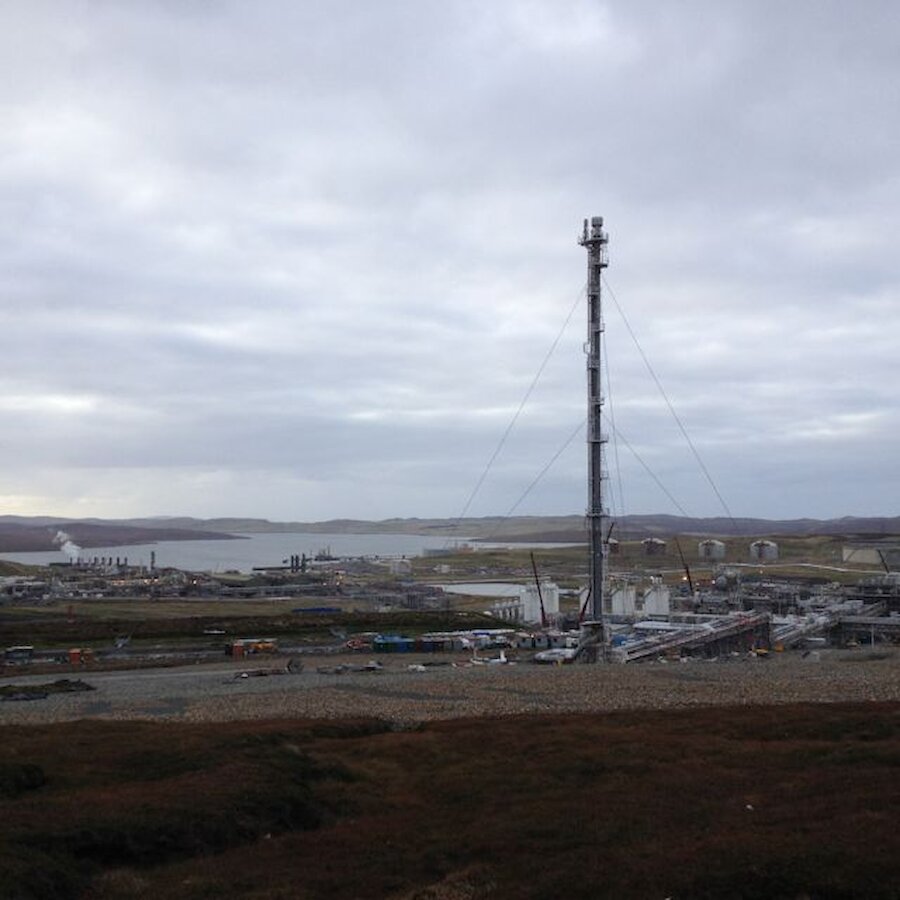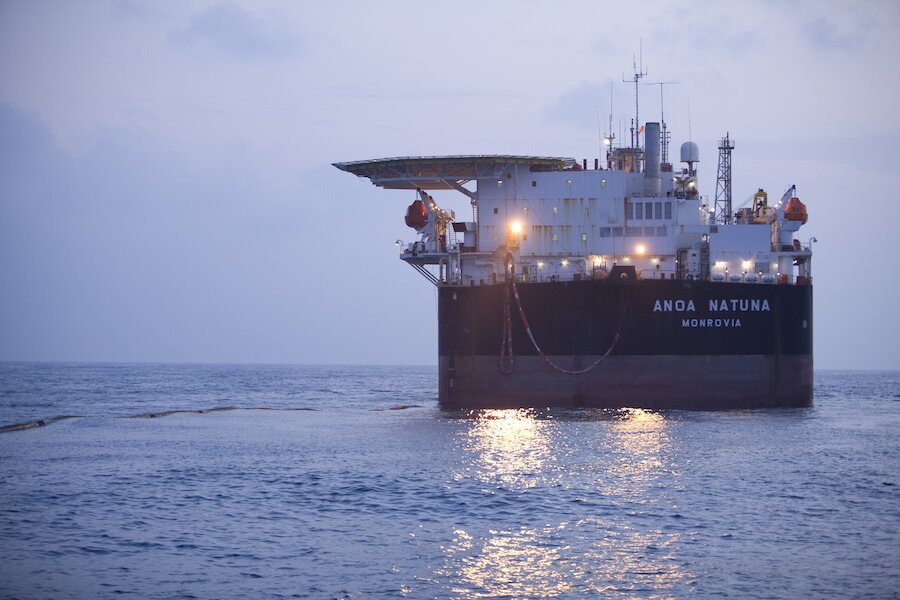Worldwide, the buzz word is ‘contango’, which is used to described the state of the world oil market over the past 21 months. It means weak short term demand and increasing supply, mainly a result of Saudi Arabian output colliding head-on with the USA’s embracing of fracking.
But oil prices have recently crept up from the rock-bottom levels of January, with predicted prices in the summer increasing for Brent Crude amid agreements slotting into place to restrict or freeze global production, planned maintenance shutdowns in the North Sea, increased demand from refineries and the strange story of ‘lost’ stockpiles. Supply blips in places like Nigeria and the limits on fracked hydrocarbons in the USA have contributed, though there are still fears that prices could once again drop after the summer.
The battle is on to make Atlantic and North Sea production, among the most expensive and complex means of actually obtaining oil and gas on the planet, viable and profitable. Within the industry, there was never any question that hard-fought-for resources of oil would simply be abandoned. but cost-cutting and the search for government help in maintaining that industry continues.
Paul Goodfellow, upstream director for Shell, recently told a conference in Aberdeen that efficiency measures and the reduction of costs would have to continue, but that development in the North Sea and Atlantic would continue. There was, he said, too much at stake not to make the sector work.
He added: “There are still significant resources to be found but there are also sizeable resources that are already developed and need the right cost structure to allow them to actually be put into production.” The North Sea oil industry was “a prize worth fighting for.”
(It’s worth noting that the ‘UK North Sea sector’ is generally taken to include ‘West of Shetland’ fields which are technically in the Atlantic).
Meanwhile, activity using Shetland as a base has not stopped, and Lerwick remains easily the best and most significant player in terms of supplying and developing Atlantic fields in particular.
So it was encouraging to receive the cautiously-expressed news from Premier Oil regarding the Solan Field - which is a ‘UK North Sea’ development to the west of Shetland
Premier recently announced that “first oil from the Solan field was safely achieved on 12th April 2016.”
The first producer well, the company stated, “is being naturally flowed at a deliberately restricted initial rate. It is planned that the well will remain free flowing for a short time after which the ESP (pump) will be turned on.”
Following this initial period and, taking advantage of the availability of the Superior Flotel, over which Premier has contractual options until the end of May, Premier said it intended “to carry out a planned production shut down to complete the final commissioning of the water injection plant, the tie in of the second water injection well and preparation for the tie in of the second producer well.”
The Ocean Valiant rig is currently drilling the second producer well (P2y), where 1,500ft of high quality reservoir sands have been intersected and which is expected to be completed and tied-in by mid-year. Both pairs of producer-injector wells are predicted to be on stream in the second half of 2016.



